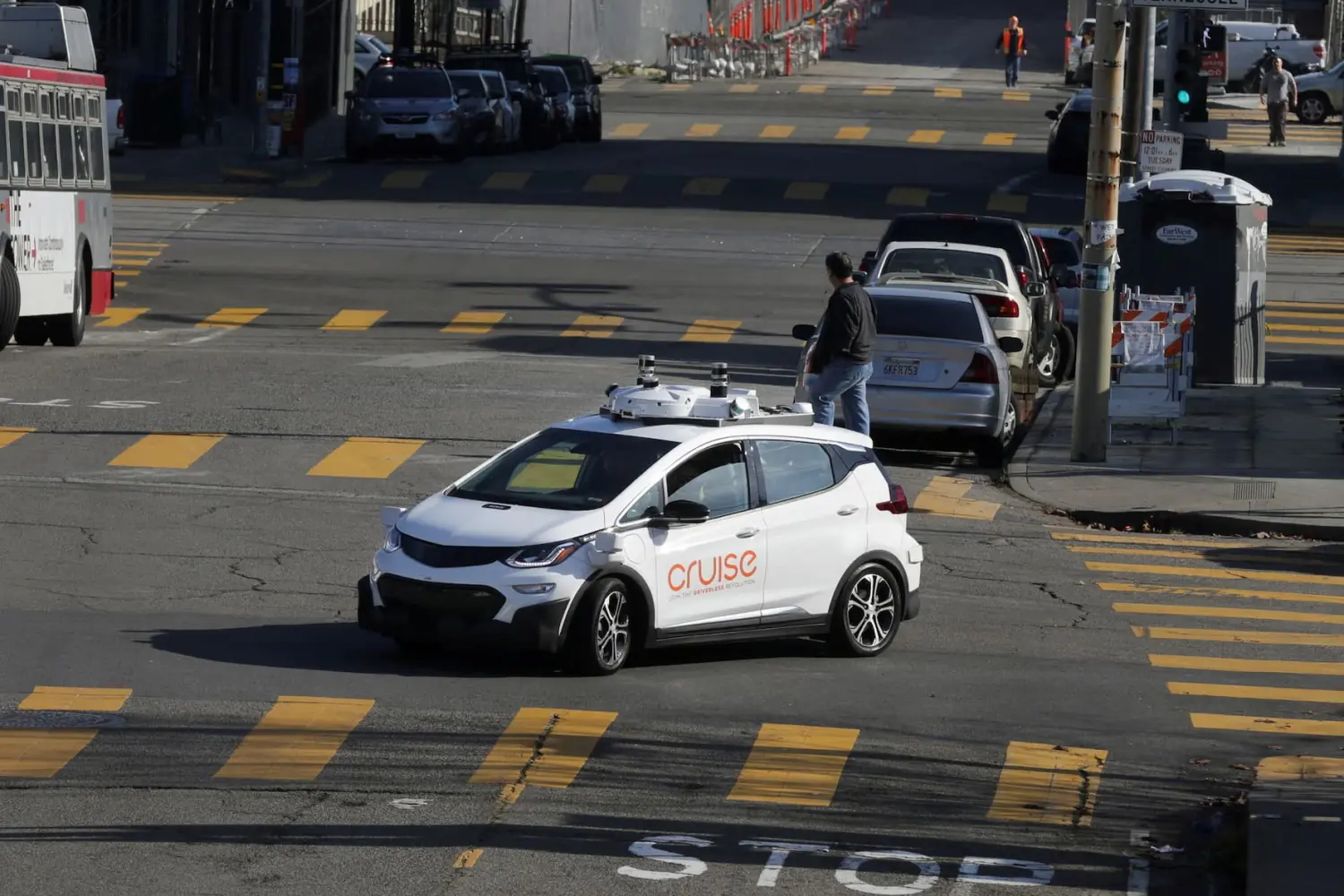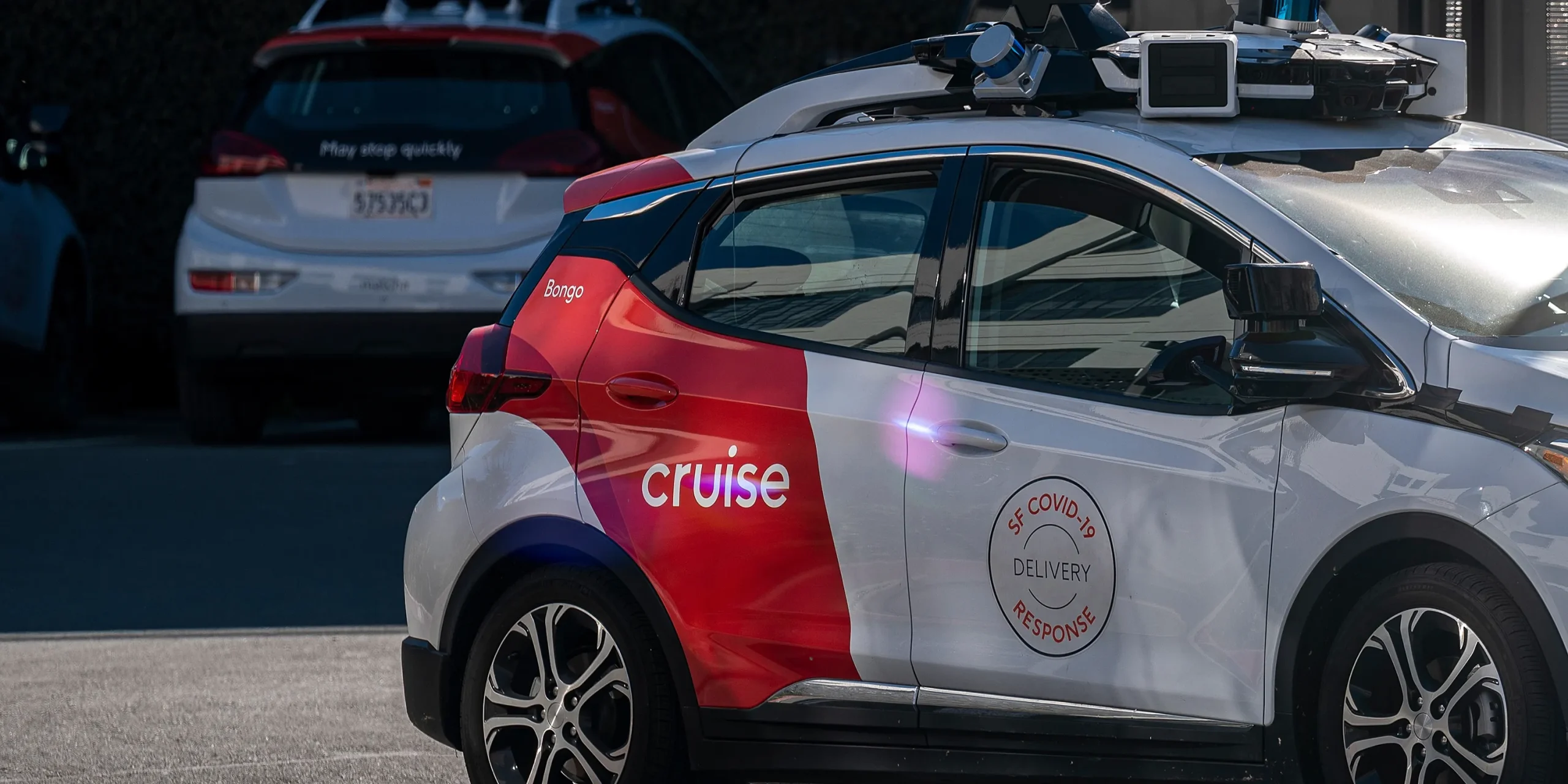Self-driving cars, once a staple of science fiction, are rapidly moving closer to becoming a reality. Major companies like Tesla, Google, and General Motors are developing autonomous vehicle technology, and it’s only a matter of time before driverless taxis become a common sight in cities worldwide. As the technology progresses, questions arise about how safe these vehicles really are compared to human drivers and how much longer it will take for them to be ready for widespread use.
Recent studies on the safety of self-driving cars have yielded both promising and concerning results. Research from the Nature Communications Journal indicates that autonomous vehicles have fewer accidents than human-driven cars in certain situations. However, there are critical exceptions. For example, self-driving cars are significantly more likely to crash in low-light conditions like dawn or dusk, and when making turns, they experience accidents at nearly double the rate of human drivers. These challenges are attributed to the vehicles’ sensors struggling to handle poor lighting and complex scenarios such as turns.
Accident Rate Comparisons
When comparing the accident rates of autonomous vehicles to human-driven ones, the results are mixed. A 2013 study found that self-driving cars had more accidents per million miles driven (9.1) compared to human drivers (4.1). While this study is now outdated, more recent findings offer some insights. For example, a 2020 study revealed that rear-end collisions are the most common accident type for autonomous vehicles, and pedestrian accidents are virtually nonexistent. However, there are still concerns about their higher collision rates and potential risks that need to be addressed before widespread adoption.

The development of autonomous vehicles faces several significant obstacles. Among the most critical are the high accident rates in low-light conditions, a tendency to crash when turning, and the occurrence of fatal crashes and recalls due to technological malfunctions. Additionally, the reliance on lithium-ion batteries, which can pose a fire hazard, adds another layer of safety risk. Furthermore, with increasing automation comes the threat of cyberattacks, where hackers could potentially gain control of the vehicle or access personal data, highlighting the need for strong cybersecurity measures.
Public Perception and Trust Issues
Despite the growing presence of autonomous vehicles equipped with driver-assistance features, public opinion remains cautious. A 2023 survey by Forbes revealed that 93% of Americans expressed reservations about self-driving cars, particularly due to safety concerns and technology failures. Many people are also uncomfortable with the idea of these vehicles transporting their loved ones. Over half of the respondents indicated that they would be unlikely to use self-driving cars in the next five years, and more than 60% do not trust these cars with their children. This skepticism suggests that public acceptance of full autonomy will take time.
While the technology behind self-driving cars continues to improve, it is clear that significant challenges remain before these vehicles can be safely integrated into everyday life. The current safety issues, combined with public apprehension and the risk of technology malfunctions, suggest that mass adoption of autonomous vehicles will not happen overnight. It may take years or even decades before people are willing to trust self-driving cars for everyday use, but with ongoing advancements, we may eventually see these vehicles become an integral part of transportation systems.

